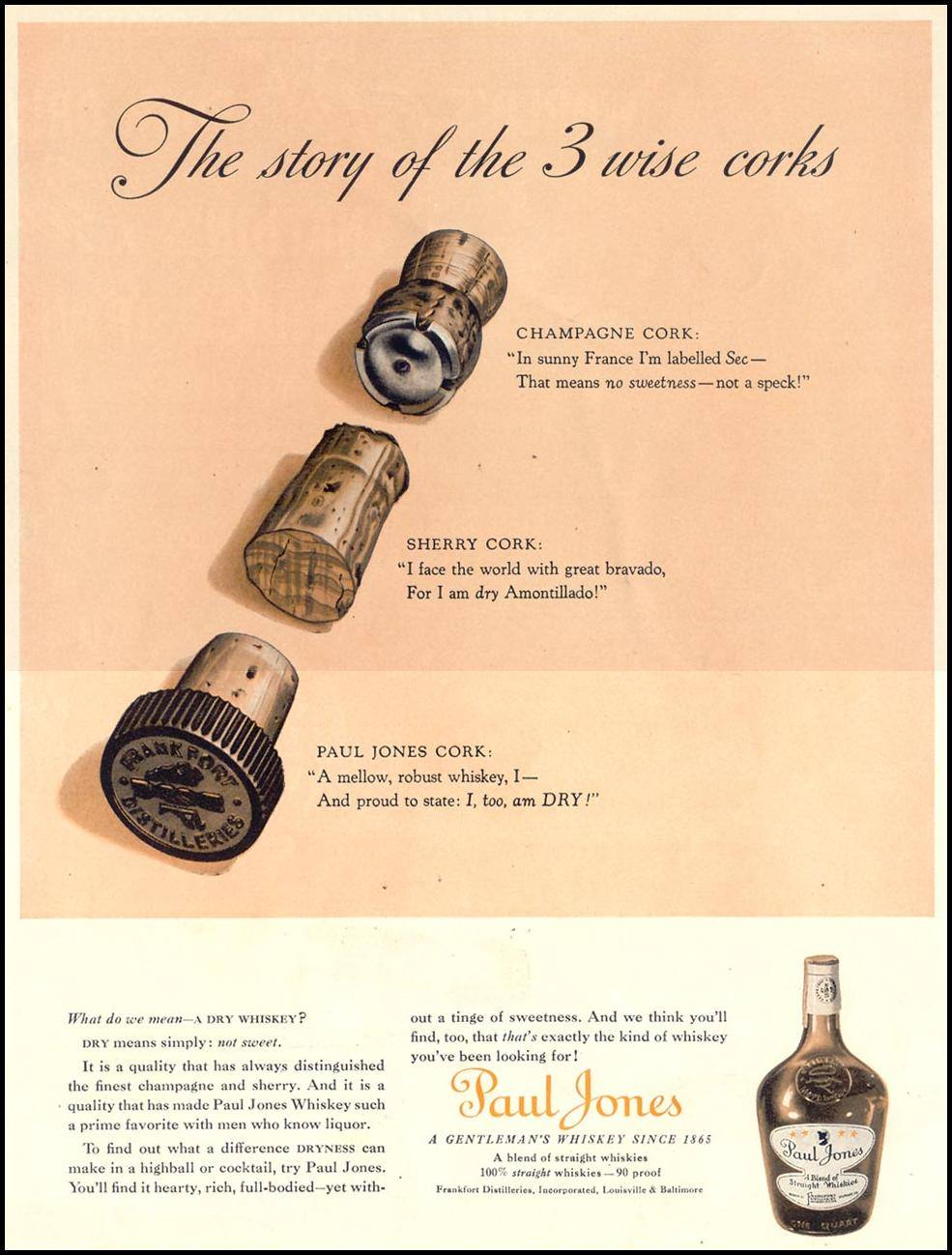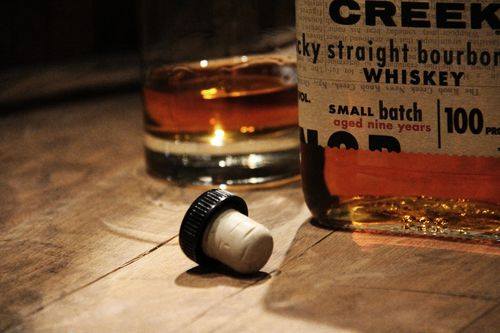Why is cork still used to seal whiskey bottles?
Seems like a bad idea in the modern times we live in. Collectors know that one should only store whiskey bottles upright on the shelf. Unlike wine, wet corks are bad for whiskey.
Cork, in commercial use, is usually harvested from Quercus suber, also called the Cork Oak. Now, we all know that oak is the material used in barrel production. What happens to oak when whiskey interacts with its surface? The flavors in the oak are imparted into the solution. Here in lies one of the troubles. Do you want your whiskey to taste like cork by interacting with it?
Our next problem comes from the fact that the cork is adhered to a plastic cap in most cases. That cap is held on by glue. Now your whiskey will have subtle notes of glue…
Finally, there is the fact that cork is an ideal stopper in a bottle because of its elasticity and near impermeability. Whiskey will begin the break down the integrity of the cork on extended exposure and all those ideal traits begin to fail.
Perhaps the day will come when we no longer desire that beautiful “suction and pop” sound that comes from opening a bottle of whiskey. Perhaps sense will one day override tradition. Maybe a screw cap isn’t so terrible… The wine folks have begun to come around and change their bottles. (And they prefer to keep the cork wet so the cork won’t fail!) I think we may need to accept that cork may not be the best way to seal whiskey bottles…

